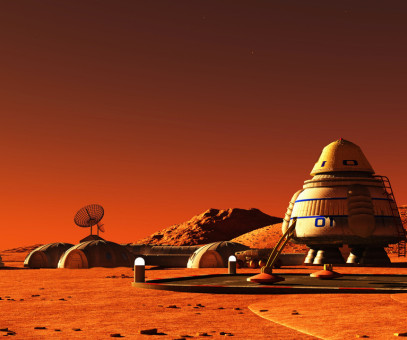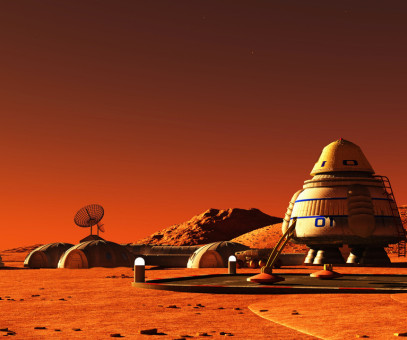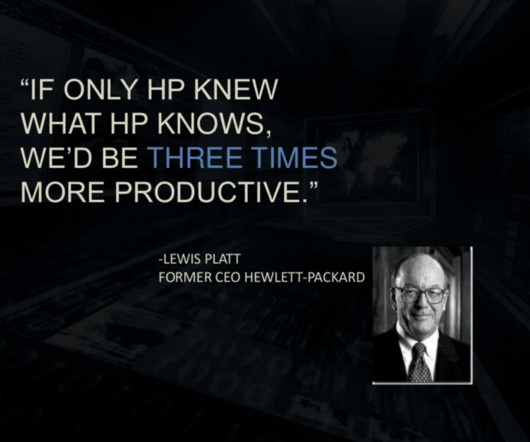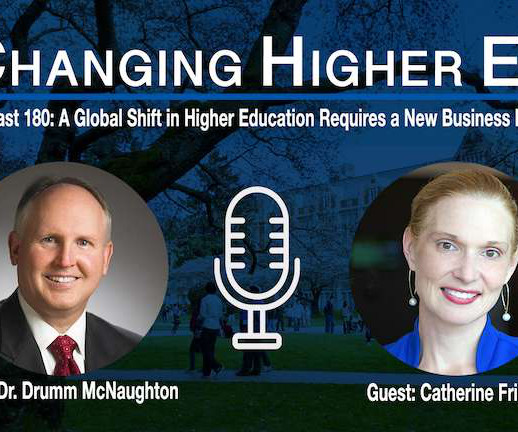Higher ed must maintain research integrity. Here is how
University Business
OCTOBER 9, 2024
Without proper mediation, those shortcuts can resurface years later at the highest echelons of academia. By studying safety culture across construction, mining, medical care and other industries, Strand has developed a series of recommendations for academics interested in human-error-proofing their research systems and workflow.












Let's personalize your content